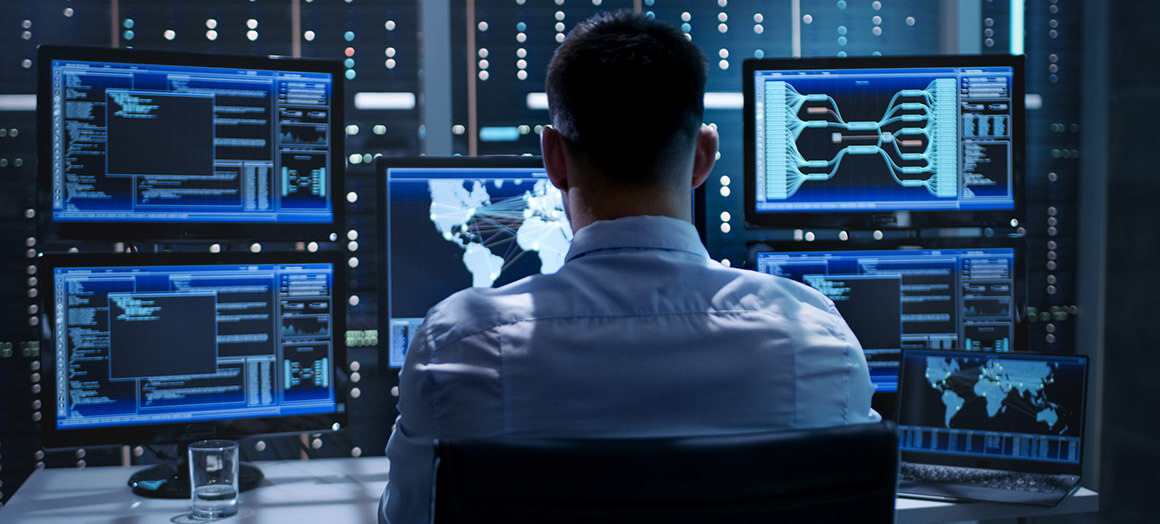Introduction:-
Computer forensics is the practice of collecting, analyzing, and reporting digital information in a legally permissible way. It can detect and prevent crime in any dispute where evidence is stored digitally. Computer forensics has comparable examination stages to other forensic disciplines and faces similar issues.

About this guide
This guide discusses computer forensics from a neutral perspective. It is not linked to particular legislation or intended to promote a specific company or product. It is not written with a bias of either law enforcement or commercial computer forensics. It is aimed at a non-technical audience and provides a high-level view of computer forensics.
This guide uses the term “computer,” but the concepts apply to any device that stores digital information. Where methodologies have been mentioned, they are provided as examples only and do not constitute recommendations or advice. Copying and publishing the whole or part of this article is licensed solely under the terms of the Creative Commons – Attribution Non-Commercial 3.0 license.
Uses of Computer Forensics
There are few areas of crime or dispute where computer forensics cannot be applied. Law enforcement agencies have been among the earliest and heaviest users of computer forensics and, consequently, have often been at the forefront of developments in the field. Computers may constitute a ‘scene of a crime, for example, with hacking [ 1] or denial of
service attacks [2], or they may hold evidence in the form of emails, internet history, documents, or other files relevant to crimes such as murder, kidnap, fraud, and drug trafficking. It is not just the content of emails, documents, and other files that may interest investigators but also the ‘meta-data [3] associated with those files. A computer forensic examination may reveal when a document first appeared on a computer when it was last edited, when it was later saved or printed, and which user carried out these actions.
READ MORE :
- How to Detail Your Automobile
- Japanese and American Automobile Markets Trends
- 10 Things to Hate About the iPhone
- Computer Optimization Windows
- Build a Computer and Component Selection











